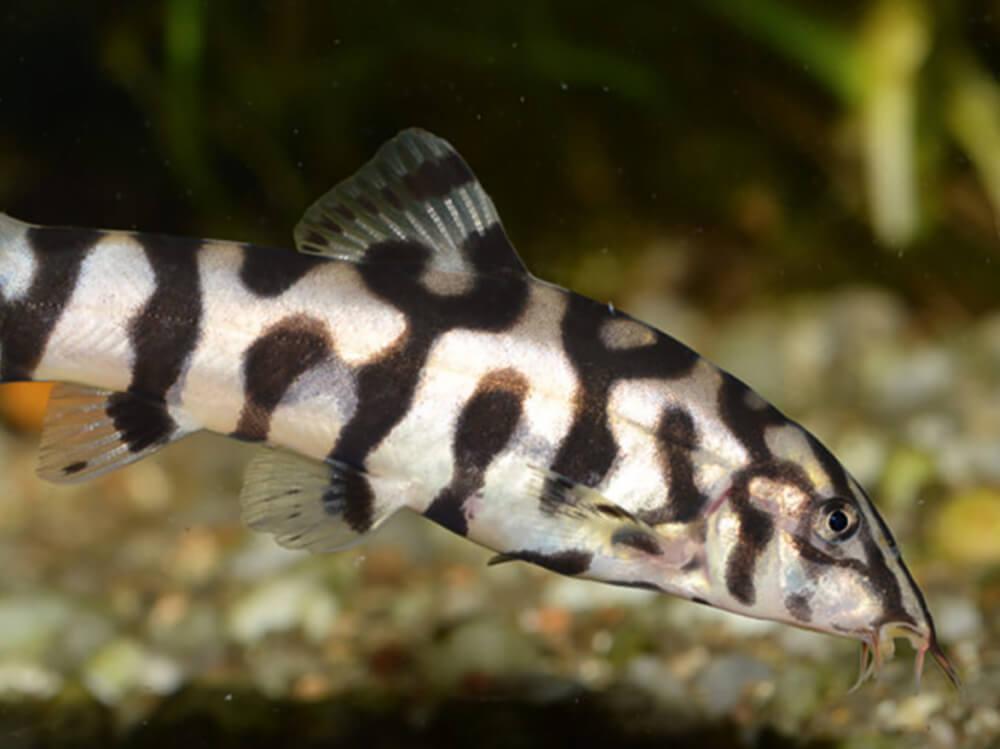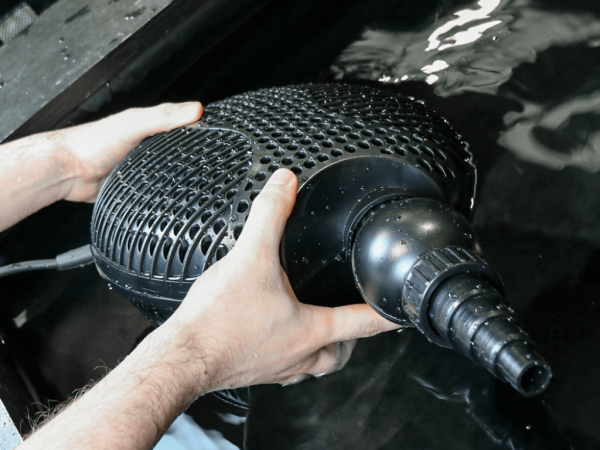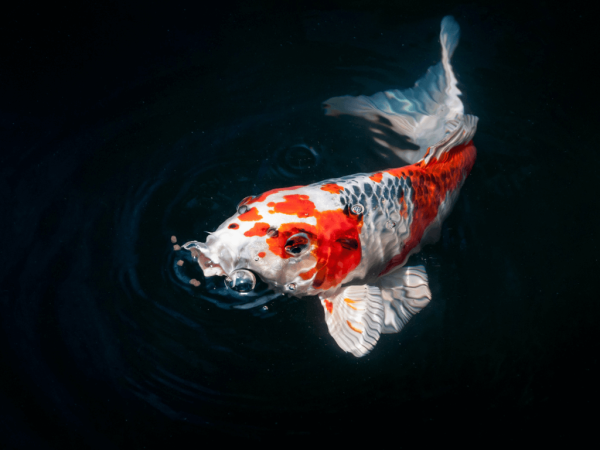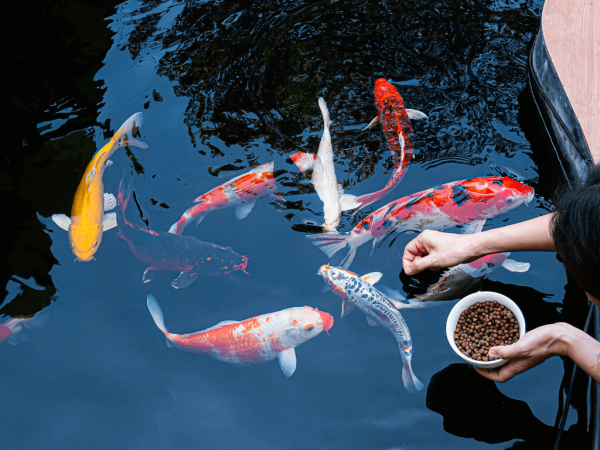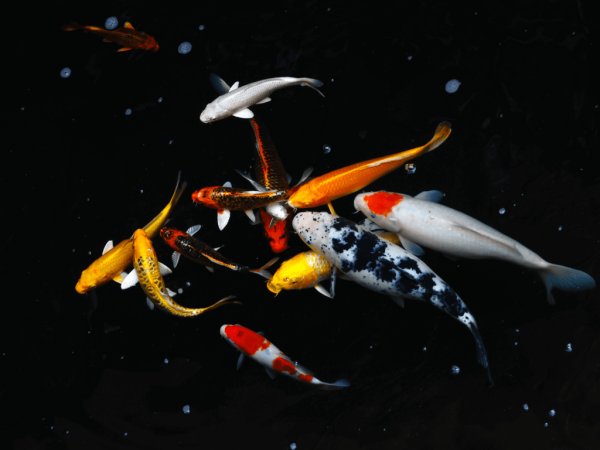The best top, middle and bottom-dwelling tropical fish for aquariums
An effective community aquarium features fish of all colours, shapes and sizes, but where they swim in the tank matters too. Different species naturally inhabit different areas in the water column, as it's where they’ve learned to survive in nature.
Surface dwelling fish are first to any food that hits the surface like tiny insects falling from the tree canopy above. Bottom-dwelling fish can root around in the bottom to feel for food that’s lying hidden from other fish. And middle swimming fish can dart up to the surface, down to the bottom or let the food come to them as its swept downstream in middle currents.
Combine surface, middle and substrate swimming fish in your tank and you’ll have activity and movement in all levels of the aquarium.
Surface dwellers
Surface dwelling fish can range from tiny rocket panchax at a few cm long to giant Arowana, known for leaping into the Amazon rainforest canopy to grab insects and small reptiles. Their mouths are upward-facing and their fins slung far back so that they can cruise just under the surface without causing any disturbance.
Choose from Hatchetfish, Halfbeaks or Pencilfish, although Panchax and Danios are much more hardy. Most labyrinth fish like Gouramis and Siamese fighting fish stay close to the surface to feed, breed and breathe, so they are a good choice too, along with guppies, Mollies and Platies. Feed floating foods to surface-dwelling fish as they won’t feel secure eating lower down and many will ignore any foods which sink past them to the bottom.
Middle dwellers
There is a huge choice of middle swimming fish including most tetras, barbs, rainbowfish, and rasboras. Angelfish make superb specimen fish for the middle water layers in larger tanks or good old fashioned shoals of Neon and Black neon tetras in smaller ones. If you don’t have long-finned fish how about a shoal of Tiger barbs? Or mid-sized shoaling fish like Congo tetras or Denisoni barbs? And the ultimate middle swimmer must surely be the Discus if you have a tall tank and soft, warm water.
Feed slow sinking pellets or granules to middle dwelling species, although floating fish flakes should also sink slowly after a few seconds. Middle swimmers may also feed off the bottom so make sure they steel the sinking foods offer to plecos and other catfish.
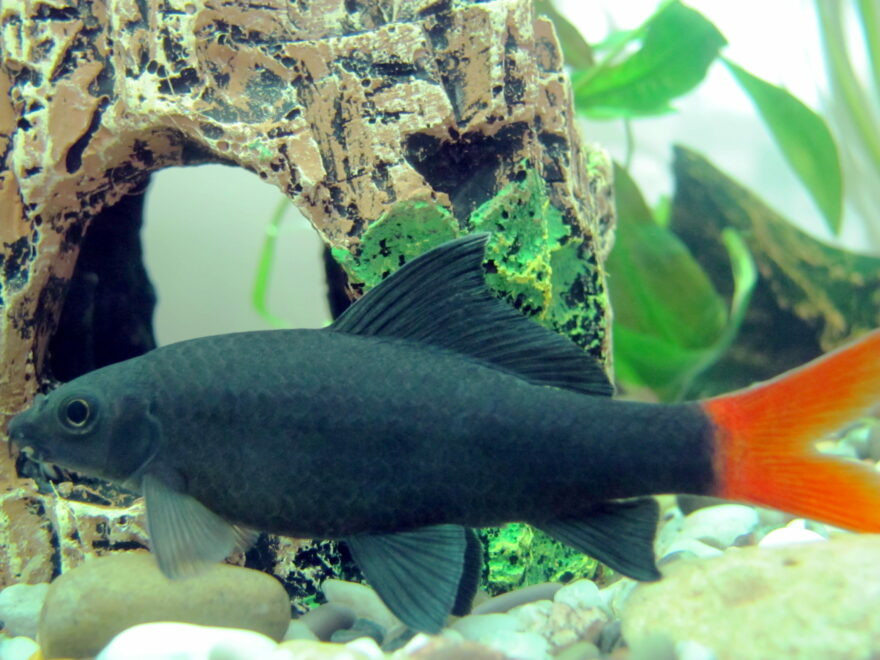
Bottom dwellers
The bottom of tropical freshwaters is often ruled by catfish of which there are thousands of species, but loaches are popular bottom dwellers too. Bottom feeders have underslung mouths and many catfish and loaches have sensory whiskers to feel for invertebrates living in the sand. Many bottom dwellers are coloured to blend into their surroundings although Red Tailed Black sharks and Clown loach are brightly coloured, notable exceptions.
Many cichlids are bottom-dwelling like Geophagus which sift the sand through their gills, and many substrate spawning cichlids use sunken materials to lay their eggs and hide their fry. Corydoras catfish are some of the best bottom dwellers as they are extremely peaceful and can mix with fish both larger and smaller than themselves. Keep them in groups. Pygmy chain loach are good snail eaters or try Kuhli loach if you want something different.
Bottom-dwelling fish prefer lower lighting and somewhere to hide during the day. Make caves and overhangs out of rocks and wood or use floating plants to shade bright aquarium lighting. Bottom-dwelling fish should be fed on sinking foods like tablets, wafers and pellets, with algae-based foods being necessary for those that rasp algae in nature like Plecos. If their foods can be stolen by species above like barbs, slide them down a tube, feed after lights out or place them directly into caves where they can be found and grazed away from the other fish.
While you're thinking about your aquarium, you might want to stock up on freeze-dried aquarium food. Why not try our brand-new Swell freeze-dried range including Swell Freeze Dried Bloodworm, Swell Freeze Dried Brine Shrimp, Swell Freeze Dried Tubifex and Swell Freeze Dried Krill?




